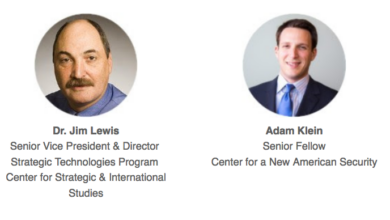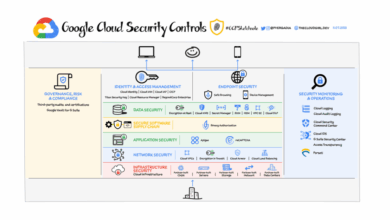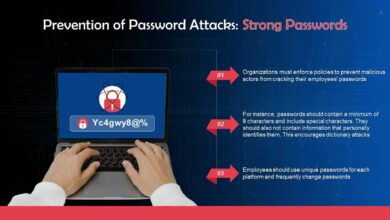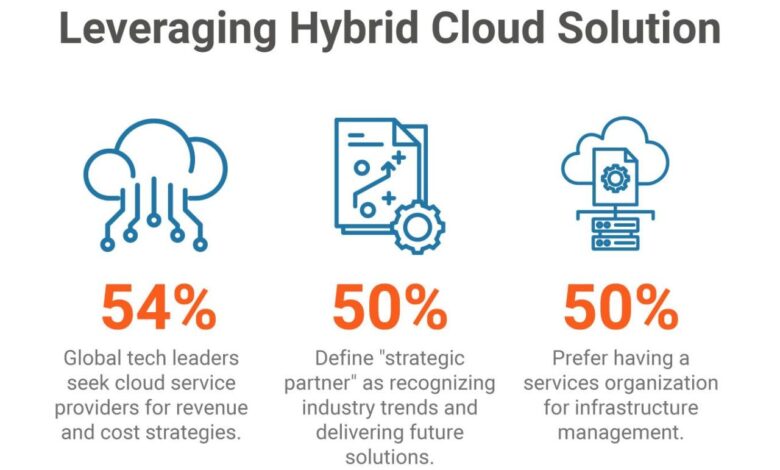
The Importance of Zero-Touch in Cloud Security
The importance of zero touch in cloud security – The importance of zero-touch in cloud security is rapidly becoming a cornerstone of modern cybersecurity strategies. Forget endless manual interventions and frustrating human error; zero-touch security automates many crucial processes, leading to a significantly more efficient and robust defense against cyber threats. This means faster response times, reduced operational costs, and a scalable security posture that can adapt to the ever-evolving landscape of online attacks.
It’s a paradigm shift that’s transforming how we think about protecting our cloud infrastructure.
This shift is driven by the increasing complexity of cloud environments and the sheer volume of data we now manage. Traditional security methods simply can’t keep up. Zero-touch, with its reliance on automation and intelligent systems, offers a powerful solution, allowing security teams to focus on strategic initiatives rather than being bogged down in repetitive tasks. We’ll delve into the specifics of how it works, its advantages, potential challenges, and the exciting future it promises.
Defining Zero-Touch Cloud Security
Zero-touch cloud security represents a paradigm shift in how we approach securing our cloud environments. It moves away from manual, reactive processes towards a proactive, automated approach that minimizes human intervention and maximizes efficiency. This approach is crucial in today’s dynamic cloud landscape, where the speed of change necessitates a security posture that can adapt and scale rapidly.Zero-touch cloud security relies on automation and pre-configured policies to manage and secure cloud resources.
Instead of relying on human administrators to manually configure security settings, implement updates, and respond to threats, zero-touch leverages automated tools and AI-driven systems to perform these tasks. This dramatically reduces the risk of human error, improves response times to security incidents, and allows organizations to scale their security posture effectively as their cloud infrastructure grows. The core principles hinge on automation, pre-configuration, and the use of AI and machine learning for continuous monitoring and threat response.
Key Characteristics of Zero-Touch Cloud Security
Zero-touch security contrasts sharply with traditional methods. Traditional approaches often involve significant manual configuration, leading to inconsistencies, human error, and slower response times. Zero-touch, on the other hand, prioritizes automation, enabling faster deployments, improved scalability, and reduced operational costs. It leverages technologies like Infrastructure-as-Code (IaC), automated security orchestration, and AI-powered threat detection to achieve a self-managing security posture.
This proactive approach allows for faster identification and mitigation of threats, reducing the overall risk to the organization. The key differentiator is the minimal human intervention required throughout the entire security lifecycle.
Examples of Zero-Touch Security Technologies
Several technologies underpin zero-touch cloud security. Infrastructure-as-Code (IaC) tools like Terraform and Ansible allow for the automated provisioning and configuration of cloud resources, ensuring consistency and repeatability. Security Information and Event Management (SIEM) systems, enhanced with AI and machine learning, automatically analyze security logs and identify potential threats, triggering automated responses. Cloud Workload Protection Platforms (CWPPs) provide automated protection for workloads running in the cloud, identifying and mitigating vulnerabilities in real-time.
Furthermore, Cloud Security Posture Management (CSPM) tools automatically assess the security configuration of cloud environments, identifying misconfigurations and recommending remediation actions. Finally, automated vulnerability scanning and patching tools ensure systems are always up-to-date with the latest security patches, reducing the attack surface.
Comparison of Zero-Touch and Traditional Cloud Security
| Feature | Zero-Touch Security | Traditional Cloud Security |
|---|---|---|
| Automation | High: Most tasks automated | Low: Significant manual intervention |
| Human Intervention | Minimal: Primarily for exception handling | High: Manual configuration, monitoring, and response |
| Scalability | Excellent: Easily scales with infrastructure growth | Limited: Scaling security requires significant manual effort |
| Cost | Potentially lower in the long run due to automation | Higher due to labor costs and potential for human error |
Benefits of Zero-Touch in Cloud Security
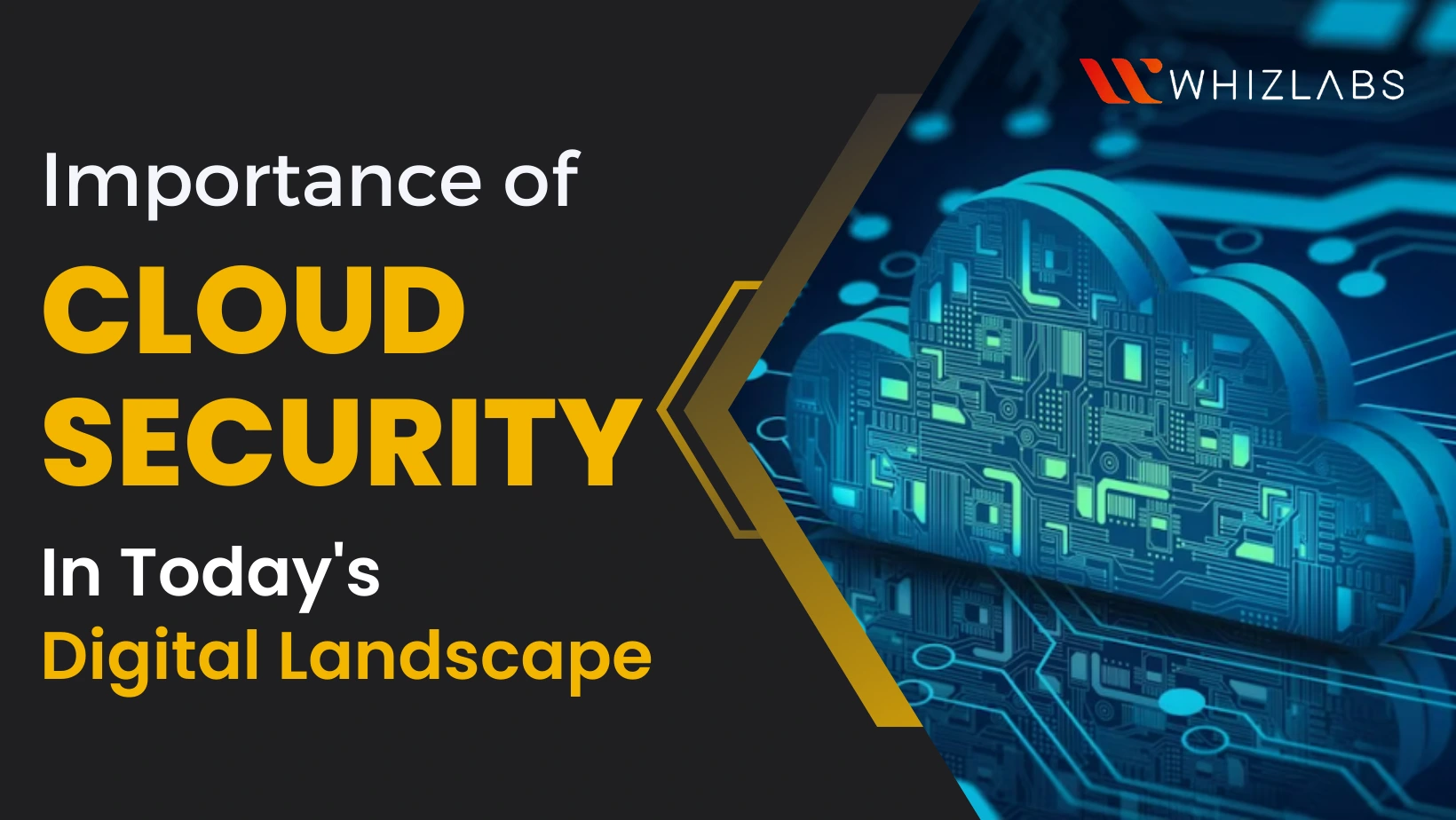
Zero-touch cloud security offers a compelling array of advantages, fundamentally shifting the paradigm of security operations from reactive to proactive. By automating many traditionally manual tasks, it delivers significant improvements in efficiency, reduces human error, and enhances scalability and agility. This ultimately translates to substantial cost savings and a stronger overall security posture.Improved Efficiency Through Automation in Security OperationsAutomating security tasks, a cornerstone of zero-touch, dramatically boosts efficiency.
Instead of relying on human intervention for tasks like patching systems, provisioning resources, or responding to alerts, zero-touch leverages automation tools and orchestration platforms. This allows security teams to handle a larger volume of tasks in less time, freeing up valuable personnel to focus on more strategic and complex security initiatives. For example, imagine the time saved by automatically patching thousands of virtual machines across a global cloud infrastructure, a task that would take a large team days or even weeks manually.Reduced Human Error Through Automated ProcessesHuman error is a significant contributor to security breaches.
Zero-touch mitigates this risk by automating repetitive and error-prone tasks. Automated processes follow predefined rules and procedures, eliminating inconsistencies and reducing the likelihood of mistakes that could compromise security. Consider the scenario of misconfiguring a cloud storage bucket, a common human error that can lead to data exposure. Zero-touch solutions, with their automated configuration and monitoring capabilities, help prevent such errors from occurring in the first place.Scalability and Reduced Operational CostsZero-touch solutions inherently scale with your cloud environment.
As your infrastructure grows, security automation adapts seamlessly, ensuring consistent protection across all resources. This eliminates the need for proportional increases in security personnel, resulting in significant cost savings. For instance, a rapidly expanding company could deploy thousands of new virtual machines without needing to hire a correspondingly large security team. The automation handles the security configurations and monitoring, keeping costs manageable even during periods of rapid growth.Enhanced Speed and Agility of Security ResponsesIn the face of a security incident, speed is crucial.
Zero-touch enables faster response times by automating incident detection, analysis, and remediation. Automated systems can identify threats, isolate affected resources, and initiate countermeasures far more quickly than human teams, minimizing the impact of breaches. For example, a zero-touch system could automatically detect a suspicious login attempt, block the access, and initiate a forensic investigation, all within minutes, reducing the window of vulnerability.
Implementing Zero-Touch Security Mechanisms: The Importance Of Zero Touch In Cloud Security
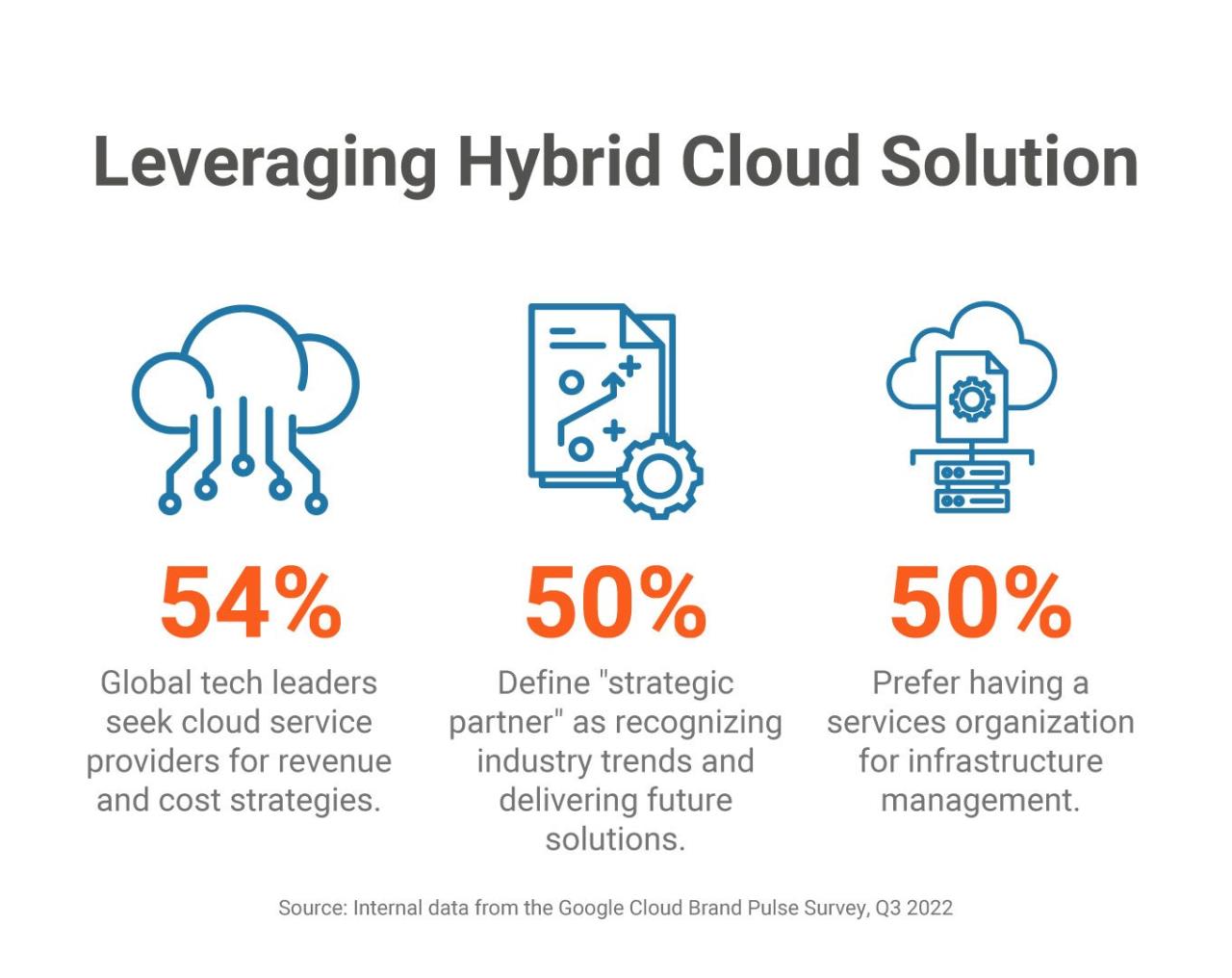
Implementing zero-touch security in your cloud infrastructure requires a strategic and phased approach. It’s not a simple switch flip, but a careful integration of automation, robust security tools, and a well-defined process. Success depends on a thorough understanding of your existing environment and a commitment to continuous monitoring and improvement.The process involves a shift from manual, reactive security measures to proactive, automated defenses that adapt to the dynamic nature of the cloud.
This allows for faster response times to threats and reduces the risk of human error. This proactive approach is key to securing your cloud environment effectively.
Step-by-Step Implementation Process
Implementing zero-touch security involves several key steps. First, a comprehensive assessment of your existing security posture is critical. This helps identify vulnerabilities and areas where automation can be most effective. Then, a phased rollout allows for testing and refinement before full-scale deployment. Finally, continuous monitoring and improvement are essential for maintaining a strong security posture in the ever-evolving cloud landscape.
- Assessment and Planning: Conduct a thorough assessment of your current cloud infrastructure, identifying existing security controls and areas needing improvement. This includes inventorying all assets, mapping dependencies, and analyzing potential vulnerabilities.
- Tool Selection and Integration: Choose security tools that support automation and integration with your existing infrastructure. This might include cloud security posture management (CSPM) tools, cloud workload protection platforms (CWPPs), and security information and event management (SIEM) systems.
- Automation Implementation: Integrate chosen tools and automate security tasks such as provisioning, patching, and vulnerability scanning. Leverage Infrastructure-as-Code (IaC) principles to manage and configure your cloud resources.
- Testing and Refinement: Thoroughly test the automated security processes to identify and address any issues or limitations. A phased rollout allows for controlled testing and minimizes disruption to production systems.
- Continuous Monitoring and Improvement: Implement continuous monitoring to detect and respond to security events. Regularly review and update security policies and procedures to adapt to evolving threats and vulnerabilities.
Essential Security Tools and Technologies
Effective zero-touch security relies on a suite of integrated tools. These tools work together to provide comprehensive protection across the entire cloud infrastructure. The selection of specific tools will depend on your individual needs and the complexity of your environment.
- Cloud Security Posture Management (CSPM): Continuously assesses the security configuration of your cloud environment, identifying misconfigurations and vulnerabilities.
- Cloud Workload Protection Platforms (CWPP): Provides runtime protection for your cloud workloads, detecting and responding to threats in real-time.
- Security Information and Event Management (SIEM): Collects and analyzes security logs from various sources, providing a centralized view of security events.
- Identity and Access Management (IAM): Controls access to cloud resources, ensuring that only authorized users and applications can access sensitive information.
- Infrastructure-as-Code (IaC): Enables automated provisioning and management of cloud infrastructure, reducing manual configuration errors and improving consistency.
Automation Integration with Existing Security Systems, The importance of zero touch in cloud security
Automation seamlessly integrates with existing security systems by leveraging APIs and standardized protocols. For example, a CSPM tool can automatically remediate identified vulnerabilities by interacting with the cloud provider’s APIs. Similarly, a SIEM system can trigger automated responses based on detected security events. This integration reduces manual intervention and improves overall security efficiency. This integration minimizes human error and improves overall response times to security threats.
Best Practices for Securing Cloud Environments Using Zero-Touch Methodologies
Following best practices is crucial for successful zero-touch security implementation. This includes a focus on least privilege access, regular security audits, and proactive threat hunting. A robust incident response plan is also essential for handling security incidents effectively.
- Implement the principle of least privilege: Grant users and applications only the necessary permissions to perform their tasks.
- Regularly conduct security audits and penetration testing: Identify vulnerabilities and weaknesses in your security posture.
- Employ proactive threat hunting techniques: Actively search for threats and vulnerabilities before they can be exploited.
- Develop a comprehensive incident response plan: Artikel procedures for handling security incidents effectively and efficiently.
- Utilize multi-factor authentication (MFA): Add an extra layer of security to user accounts.
Addressing Challenges of Zero-Touch Cloud Security
While zero-touch automation promises significant efficiency gains in cloud security, it also introduces new challenges. The inherent reliance on automated systems creates potential vulnerabilities that require careful consideration and proactive mitigation strategies. Failing to address these challenges could lead to compromised security and significant operational disruptions.Potential Vulnerabilities and Risks of Automated Security SystemsAutomated systems, while efficient, can be susceptible to various attacks.
A successful compromise of the automation layer could grant attackers broad access to cloud resources, far exceeding the impact of a breach targeting a single system. For example, a sophisticated attack exploiting a vulnerability in the orchestration platform could allow an attacker to deploy malicious code across numerous virtual machines or alter security configurations en masse. Another risk is the potential for misconfiguration within the automated security policies themselves.
An incorrectly configured rule could inadvertently grant excessive permissions or leave critical systems vulnerable. The complexity of these systems also introduces the challenge of ensuring consistent, up-to-date security patching and updates across all components.
Mitigating Risks and Ensuring System Resilience
Robust mitigation strategies are crucial to minimize the risks associated with zero-touch security. This begins with a multi-layered security approach, incorporating various security controls at different levels of the infrastructure. Employing a principle of least privilege, where automated systems only have access to the resources absolutely necessary for their operation, significantly limits the potential damage from a compromise.
Regular security audits and penetration testing are essential to identify and address vulnerabilities before they can be exploited. Furthermore, incorporating strong authentication and authorization mechanisms for all automated processes is vital, and utilizing robust encryption protocols for all data in transit and at rest helps to protect sensitive information. Finally, implementing a well-defined change management process for updates and configurations to the automated security systems ensures that modifications are carefully planned and tested before deployment.
Robust Monitoring and Logging in Zero-Touch Environments
Comprehensive monitoring and logging are paramount in zero-touch environments. The lack of direct human interaction necessitates a robust system capable of detecting anomalies and generating alerts in real-time. This requires the implementation of advanced security information and event management (SIEM) systems capable of correlating events across multiple sources and identifying patterns indicative of malicious activity. Effective logging includes capturing all actions performed by the automated systems, including successful and unsuccessful attempts, as well as system configurations and changes.
This comprehensive audit trail is essential for forensic investigations and incident response. Crucially, the logs themselves must be securely stored and protected from unauthorized access or tampering.
Incident Response and Remediation in a Zero-Touch Context
Incident response in a zero-touch environment requires a well-defined and automated process. This involves pre-defined playbooks and automated response mechanisms that can quickly isolate and contain threats. For instance, an automated system could detect a suspicious login attempt, automatically block the IP address, and initiate an investigation. The process must also include escalation procedures for complex or unusual incidents, allowing human intervention when necessary.
The automated system should be capable of rolling back malicious changes or restoring systems to a known good state. Regular testing and simulation of incidents are essential to ensure the effectiveness of the response plan and to identify areas for improvement. Post-incident analysis is vital to understand the root cause of the incident and implement preventative measures to avoid future occurrences.
This iterative process of improvement is crucial for maintaining a resilient zero-touch security posture.
Future Trends in Zero-Touch Cloud Security
Zero-touch cloud security, while already revolutionizing how we approach cloud infrastructure protection, is poised for even more significant advancements. The convergence of several emerging technologies promises a future where security is not just automated but also proactive, predictive, and incredibly resilient. This evolution will be driven by the increasing sophistication of cyber threats and the ever-expanding scale of cloud deployments.The next generation of zero-touch security will be significantly shaped by the integration of advanced technologies and a shift in our approach to risk management.
The Rise of AI and Machine Learning in Zero-Touch Security
AI and machine learning (ML) are no longer futuristic concepts; they are actively reshaping cybersecurity. In the context of zero-touch security, AI/ML algorithms will play a crucial role in automating threat detection and response. Imagine a system that not only identifies anomalous network activity but also predicts potential breaches based on historical data and behavioral patterns. This predictive capability allows for preemptive mitigation, significantly reducing the window of vulnerability.
For example, an AI-powered system could detect a surge in login attempts from unusual geographic locations and automatically block those attempts before a successful compromise occurs. Furthermore, AI can optimize security policies dynamically, adapting to evolving threats in real-time without human intervention. This constant learning and adaptation are key to staying ahead of increasingly sophisticated attackers.
Enhanced Automation and Orchestration
Future zero-touch security will leverage advanced automation and orchestration tools to manage increasingly complex cloud environments. These tools will go beyond simple task automation; they will enable the creation of self-healing systems capable of identifying and resolving security issues autonomously. For instance, if a vulnerability is detected in a specific application, the system could automatically patch it, reconfigure security settings, and even roll back to a previous secure state, all without human intervention.
This level of automation will be crucial for managing the massive scale and complexity of modern cloud deployments. The orchestration aspect will ensure seamless integration between different security tools and platforms, creating a unified and cohesive security posture.
Zero-touch automation is crucial for robust cloud security, minimizing human error and speeding up response times. This is especially important when considering the rapid development cycles enabled by platforms like Domino, as discussed in this insightful article on domino app dev the low code and pro code future. By automating security tasks, we ensure consistent protection, even as our low-code/pro-code applications rapidly evolve, strengthening our overall zero-touch security posture.
Quantum-Resistant Cryptography’s Role
The emergence of quantum computing presents a significant threat to current cryptographic algorithms. Future zero-touch security architectures must incorporate quantum-resistant cryptography to safeguard against potential attacks from quantum computers. This involves transitioning to cryptographic algorithms that are resistant to attacks from both classical and quantum computers. This transition will be a gradual process, but it is vital to begin planning and implementing quantum-resistant solutions now to prevent future vulnerabilities.
The integration of these algorithms into zero-touch systems will ensure long-term security in the face of this emerging threat.
A Visual Representation of the Future Landscape
Imagine a dynamic, interconnected network of cloud resources represented as nodes. Each node is protected by a sophisticated, AI-powered security shield that constantly monitors and adapts to threats. These shields communicate with each other, sharing threat intelligence and coordinating responses. A central orchestration layer manages the entire system, ensuring seamless operation and automated remediation. The system is constantly learning and evolving, adapting to new threats and vulnerabilities in real-time.
This interconnected network, protected by intelligent, self-healing security mechanisms, represents the future of zero-touch cloud security – a proactive, adaptive, and resilient defense against the ever-evolving threat landscape.
End of Discussion
In conclusion, embracing zero-touch security isn’t just a trend; it’s a necessity for organizations serious about protecting their cloud assets in today’s threat landscape. While challenges exist, the benefits—enhanced efficiency, reduced human error, improved scalability, and faster response times—far outweigh the risks. By understanding and implementing zero-touch methodologies, businesses can create a more resilient and proactive security posture, enabling them to focus on innovation and growth while mitigating the ever-present threat of cyberattacks.
The future of cloud security is undeniably automated, and the sooner we adapt, the better protected we’ll be.
FAQ Compilation
What are the biggest risks associated with implementing zero-touch security?
The primary risks involve over-reliance on automation, potential vulnerabilities in the automation systems themselves, and the challenge of ensuring proper monitoring and logging to detect and respond to anomalies.
How can I ensure my existing security systems integrate with zero-touch solutions?
Careful planning and selection of compatible tools are crucial. Many zero-touch solutions are designed to integrate with existing security information and event management (SIEM) systems and other security tools through APIs.
Is zero-touch security suitable for all organizations?
While beneficial for many, zero-touch security’s suitability depends on an organization’s size, technical expertise, and risk tolerance. Smaller organizations might require a phased approach.
What are some examples of specific zero-touch security technologies?
Examples include automated vulnerability scanning, automated incident response systems, cloud-native security posture management (CSPM) tools, and security orchestration, automation, and response (SOAR) platforms.

